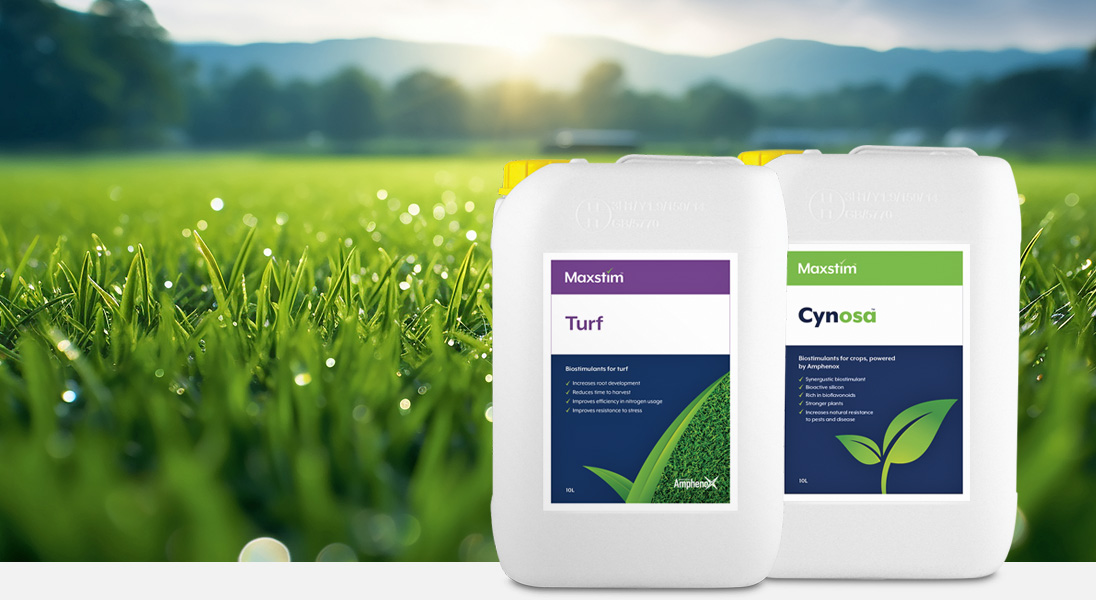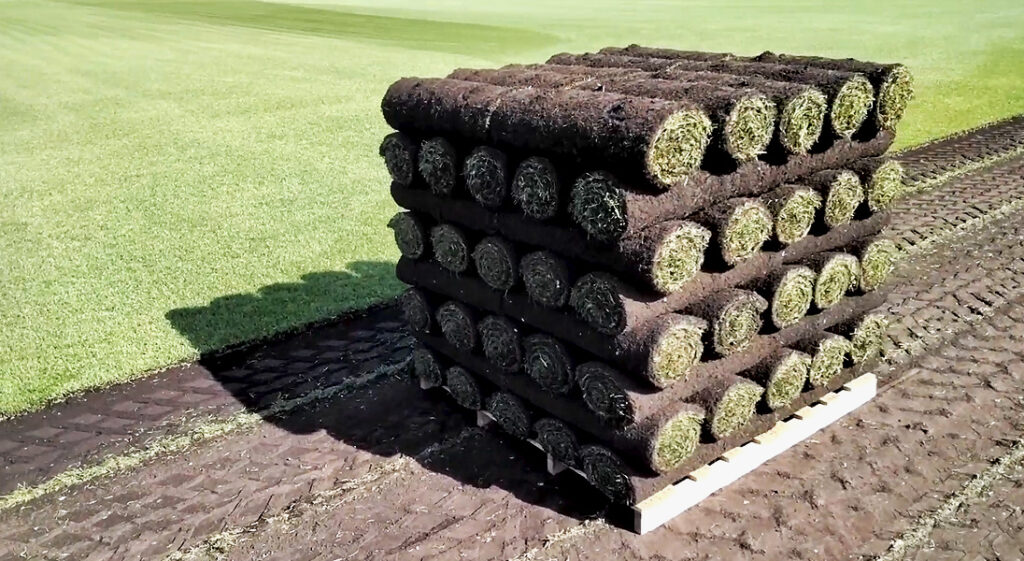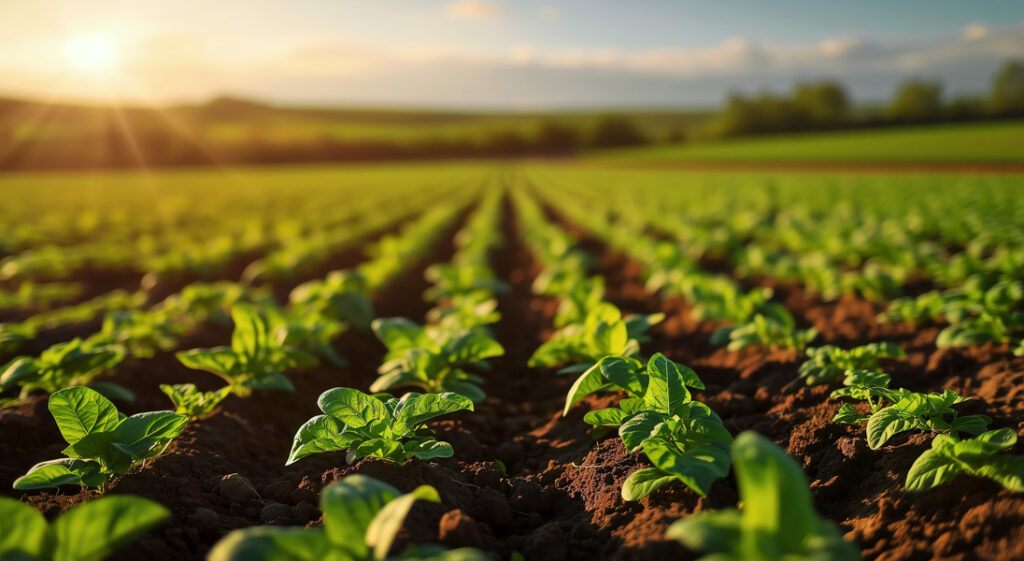Strengthening turfgrass against wear and tear
Insight

In our last three articles, we shared recent findings on how the use of silicon can enhance:
Although it’s widely acknowledged that silicon deposits in plant tissues can bolster their mechanical strength, the exact role of silicon in plant nutrition remains somewhat ambiguous, likely due to variations in different plant species’ capacity to absorb it. Recent investigations conducted at Queen’s University in Belfast have shed light on this matter, demonstrating that the growth of ryegrass can be augmented through the application of silicon, specifically in the form of orthosilicic acid (H4SiO4).
Silicon enhances the ability of turfgrass to withstand wear and tear
Wear and tear on turfgrass, especially on sports and recreational grounds, can impact:
- surface stability
- playability
- aesthetics
- turfgrass health
- maintenance and repair cost
- reputation
- revenue generation
The notion that deposits of silica in plant tissues could result in more rigid and physically resilient plants came from observations in crops such as rice where increased silicon levels resulted in a more erect leaf blade. Since then, several studies, supported by anecdotal evidence, have examined the effects of silicon on turfgrass tolerance of wear and tear and golf ball roll.
Our Results
Generally, results supporting increased turf resistance have been inconsistent. However, recent research on perennial ryegrass managed as a sports field, with wear (or no wear) traffic treatments applied weekly, indicated that silicon applications significantly increased ryegrass density in the trafficked areas.
Get in touch to find out how you can introduce silicon into your growing regime starting with a trial.
Tim Cannon
Email: tim.cannon@maxstim.com
Mobile: 07884 586191
Phil Kingsmill
Email: phil.kingsmill@maxstim.com
Mobile: 07860 269996
Tony Kelly
Email: tony.kelly@maxstim.com
Mobile: 07974 435417

